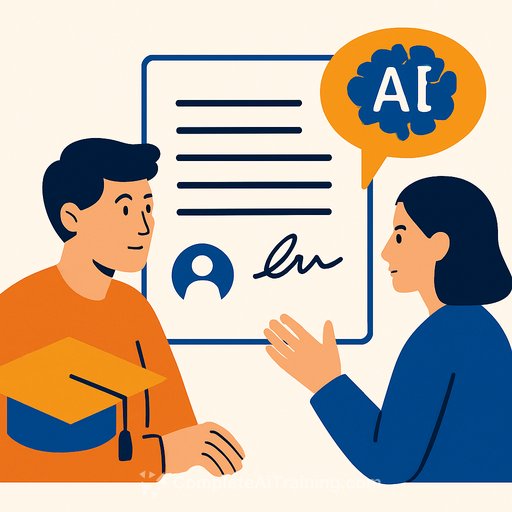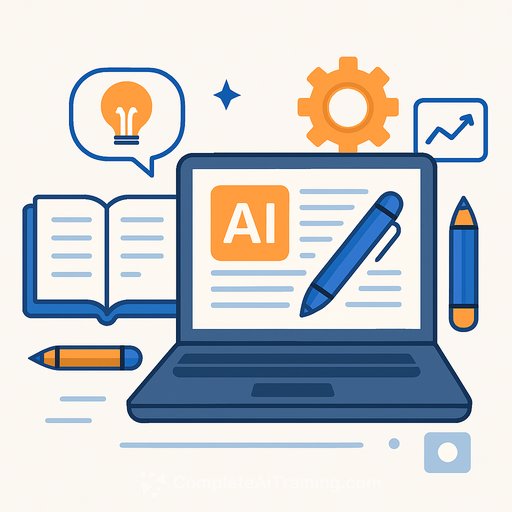The Illusion of Transparency in AI Disclosures
“AI was used to improve clarity and grammar” has become a standard disclaimer in academic publishing. It’s meant to reassure readers but ends up doing the opposite. These boilerplate statements mask uncertainty with a false sense of transparency. They reveal nothing about how AI shaped the work, turning ethics into mere theater.
Such disclaimers suggest scholars are being honest while hiding the real story. The issue isn’t just vagueness—it’s how these statements reduce a complex, human, and often recursive writing process into a mechanical checkbox. This performance sounds responsible but lacks teeth. Readers don’t know if AI fixed a comma or wrote entire sections. Editors can’t enforce standards that say nothing. And since there’s no trail showing AI’s role, these disclosures are unenforceable by design. We ask authors to “be honest” but don’t provide a way to prove it.
In reality, many disclosures serve as plausible deniability rather than transparency. They read more like insurance policies than honest accounts. Publishers and authors are cautious, yes, but vague affirmations of compliance do not equal ethical clarity. They’re what you say when you hope no one digs deeper.
The deeper problem is how AI is treated as an afterthought—like polishing a floor after construction—when it’s often embedded throughout the process. Focusing on what to say about AI rather than how to show its role avoids the real issue. This isn’t a crisis of disclosure; it’s a crisis of authorship. If AI is the apprentice, the real question is whether you directed it.
The Nature of Academic Writing
We like to think of academic writing as a solitary act of genius, the scholar alone with their ideas. But that’s a myth. Writing is messy and collaborative, shaped by conversation, revision, false starts, and technology. Yet, our ethical standards cling to a model of authorship that assumes a linear, private, and purely human process.
We’re applying 20th-century rules to 21st-century practices, forcing scholars into a bind: overstate AI use and risk being discredited; downplay it and join the “minimal use” performance. Either way, the real intellectual work—curating, critiquing, directing—goes unrecognized.
Authorship has always been about creative orchestration rather than doing every task yourself. Renaissance masters took credit even when apprentices painted much of the work under their guidance. Film directors don’t operate cameras or edit footage, yet they are credited as authors. Being an author means guiding the vision, directing the process, and owning the final product. If AI is the apprentice, the question is: did you direct it?
Rethinking AI Disclosures
If current AI disclosures fail because they leave no evidence behind, the solution isn’t better wording; it’s better process. Instead of ritual statements, we need ways to show how AI shaped the work. Think lab notebook, not confession booth.
One approach is to log your work as you go: record sessions by date and focus, note your goals, save unedited transcripts. Afterwards, summarize what changed, what moved forward, and what still needs work. This creates a living record: traceable, auditable, transparent. The habit is simple—keep track of what you did and why.
This isn’t just about covering your bases. When juggling projects or returning after a break, these records remind you what you were doing and thinking. Over time, they encourage better habits: less flailing, more reflection. Different disciplines and workflows will require different methods, but the principle stands—if AI shaped the manuscript, that role should be visible, not buried in vague statements.
Co-authored and multistage projects add complexity, but all the more reason to track who did what and when. Whether through a notebook, version control tools, or folders of drafts, the goal is to make the writing process traceable. Authorship in the AI era isn’t about hiding the mess; it’s about showing the choices—and who made them.
Addressing Concerns with Logging
A logging system raises valid concerns that deserve attention.
- Privacy: Logs may include personal notes, irrelevant tangents, or half-formed ideas. Sharing these with editors or reviewers could be uncomfortable. Systems need safeguards like redactions, layered access, or summary modes to balance transparency with privacy.
- Labor: Keeping logs adds work. But AI already removes friction in writing. Adding some back for accountability isn’t a flaw; it can be a feature.
- Performative Compliance: Some will log work just to check a box. But that’s no worse than vague disclosures that add less transparency. Documentation won’t stop shallow compliance but makes it easier to identify and harder to fake. The goal is a shift from plausible deniability to accountable creation.
The Future of Authorship
Writing has always been messy. AI adds to that mess by raising fears that scholars become passive prompt engineers instead of creators. But this anxiety isn’t new—we’ve seen it before with calculators and indexes. What AI really threatens is the illusion that authorship was ever neat or solitary.
AI-assisted writing isn’t going away, nor should it. The challenge is building ethical systems that accept AI’s role while preserving trust through traceability. We don’t need better slogans; we need better records.
Authorship should be seen as a process of judgment, selection, and responsibility, not just keystrokes or labor counts. This shift allows transparency to become real and flexible, accommodating different disciplines and workflows. It also enables submitting the same manuscript to multiple venues without rewriting the record.
What matters is this principle: in the age of AI, authorship is about who orchestrates the work—not who performs every task. Trust is earned by showing how the work was shaped and standing behind those choices, not by claiming purity.
For writers looking to understand and work effectively with AI tools in their craft, exploring resources like Complete AI Training’s ChatGPT courses can provide practical guidance on integrating AI responsibly into your writing process.
Your membership also unlocks:






